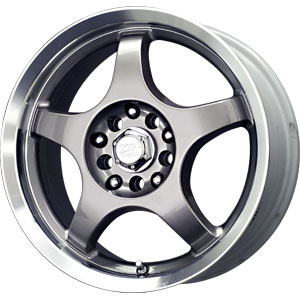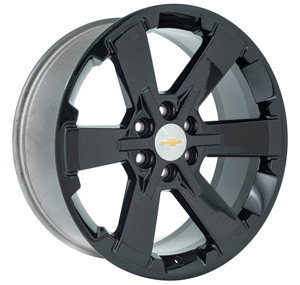If you have a garage then you're already in a good position to keep your muscle car safe and secure. If not, it's a wise idea to invest in something to shelter your valuable road rocket – older cars are far more vulnerable to the elements than their modern counterparts.…
Average Car Fuel Efficiency In Recent Years
 Car buyers are looking for fuel-efficient cars. Surprisingly, average MPG has remained stagnant or even regressed since the 80s. As cars got bigger and heavier and offered more amenities, gas mileage plummeted. Cars of the 1980’s oftentimes can surpass cars of today in gas mileage, some getting about 50 MPG, however they aren’t as safe as current cars. Today, engineers are trying to increase mile per gallon and surpass levels of the past, while still offering the amenities that people have come to expect from a modern automobile.
Car buyers are looking for fuel-efficient cars. Surprisingly, average MPG has remained stagnant or even regressed since the 80s. As cars got bigger and heavier and offered more amenities, gas mileage plummeted. Cars of the 1980’s oftentimes can surpass cars of today in gas mileage, some getting about 50 MPG, however they aren’t as safe as current cars. Today, engineers are trying to increase mile per gallon and surpass levels of the past, while still offering the amenities that people have come to expect from a modern automobile.
Cars today ranging from two-door to midsize station wagons vary in gas mileage but the best typically fall at about 35 MPG (excluding electric and hybrid cars). The Ford Escape has hardly budged in fuel efficiency in the past 20 years. In 2001 it drove at 28 m.p.g on the highway, and over 16 years this has improved to only 30 MPG. Sedans continue to be lightweight, fairly small cars that have great mileage. The 2017 Chevrolet Malibu reaches 46 MPG on the highway, a leader in non-electric and non-hybrid sedans.
With the help of Fuel Economy, let’s take a look at minivans. The most fuel-efficient minivans have a combined city/highway MPG of 22. The four models that live up to this standard are the 2017 Toyota Sienna 2WD, Chrysler Pacifica, Honda Odyssey and Nissan Quest. The worst minivan, the Kia Sedona SXL, runs at 19 MPG.
Car Gas Mileage, and Weight
It all comes down to weight. The lighter the car, the better the gas mileage. This means a 2000 lb. two-seater will go further on a gallon of gas than an SUV that seats eight. Also, the technological advances of hybrid cars have made them extremely fuel efficient. For example, the Toyota Prius has been a leader in gas mileage at almost 50 MPG on the highway.
 Unfortunately, safety and weight go hand in hand. Mike Allen (Senior Auto Editor, Popular Mechanics) told NPR if there were “a car that only got a 30 mile per hour top speed and didn’t have any safety devices and only had breaks on two wheels and didn’t even have a windshield, we could probably build a car that got 200 miles per gallon, not 20”.
Unfortunately, safety and weight go hand in hand. Mike Allen (Senior Auto Editor, Popular Mechanics) told NPR if there were “a car that only got a 30 mile per hour top speed and didn’t have any safety devices and only had breaks on two wheels and didn’t even have a windshield, we could probably build a car that got 200 miles per gallon, not 20”.
So, how do we get better gas mileage without sacrificing the safety features and things we take for granted, like power windows and air conditioning? Karl Brauer, senior analyst at Kelley Blue Book, told THE STREET, “with [vehicle mileage] standards steadily rising, we’re seeing a shift back to lighter vehicles featuring advanced materials like high-strength steel, aluminum and even carbon fiber”.
When car shopping today, anything that reaches 30+ miles per gallon would be considered good. With mileage standards continuing to rise, in the next decade we will likely see significant improvements here.





